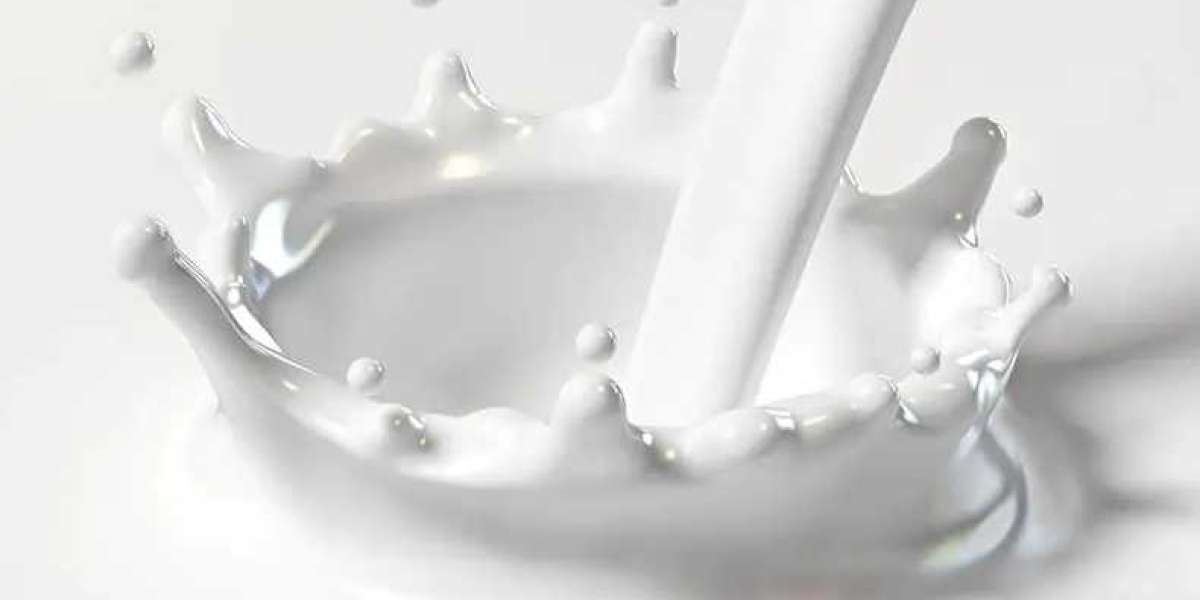The performance demands in construction and coatings drive interest in Carboxylated Butadiene-Styrene Latex and Carboxylated Styrene Butadiene Copolymer for their adhesive, bonding, and weather‐resistance capabilities. When incorporated into concrete mortars, concrete repair overlays, or coating systems, these copolymers improve bond strength to substrates, reduce cracking by increasing flexibility, and enhance resistance to freeze-thaw cycles and chemical attack.
One common use is as a latex admixture in cement bond coats or mortars. The latex modifies the mortar by imparting better tensile strength, improved adhesion to hardened concrete, and increased durability under moisture or chemical exposure. In such uses, the carboxylated styrene-butadiene copolymer acts both as a binder and as a modifier of the microstructure of the cementitious matrix, reducing shrinkage and helping the system cope with thermal cycling.
In coatings, these materials help make paints or surface sealants that resist degradation by UV, resist wash-off, and adhere well to challenging surfaces like metal, plastics, or masonry. The carboxyl groups improve pigment binding, reduce blistering or delamination, and improve water resistance.
Another area is asphalt modification. Incorporating Carboxylated Butadiene-Styrene Latex into asphalt or bitumen emulsions can improve elasticity, crack resistance, and temperature performance in pavement applications. These modified systems can better tolerate thermal expansion/contraction, moisture intrusion, and mechanical stress from traffic.







